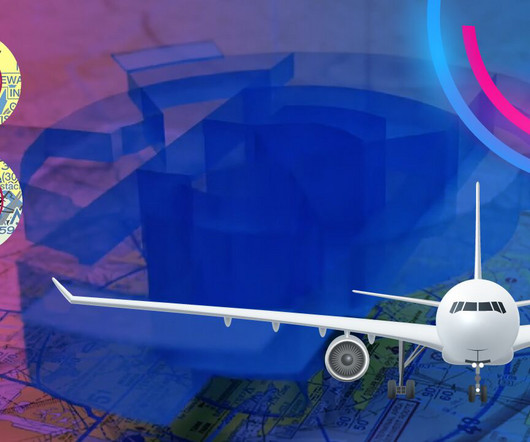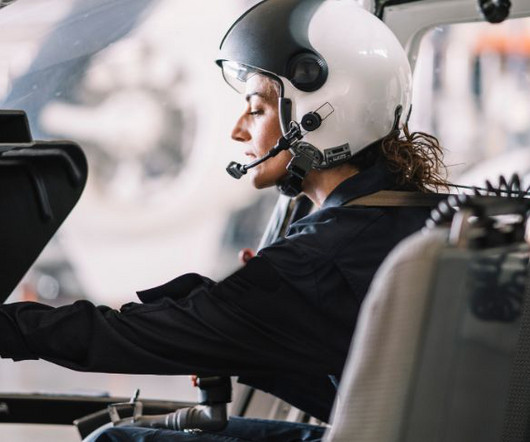Class B Airspace Explained
Pilot Institute
APRIL 24, 2024
VFR flyways, corridors, and transition routes help VFR traffic transit the crowded airspace. What is Class B Airspace? Class B (or Bravo) airspace surrounds the busiest airports in the country. The airspace funnels vast traffic volumes to and from major metro areas.











Let's personalize your content